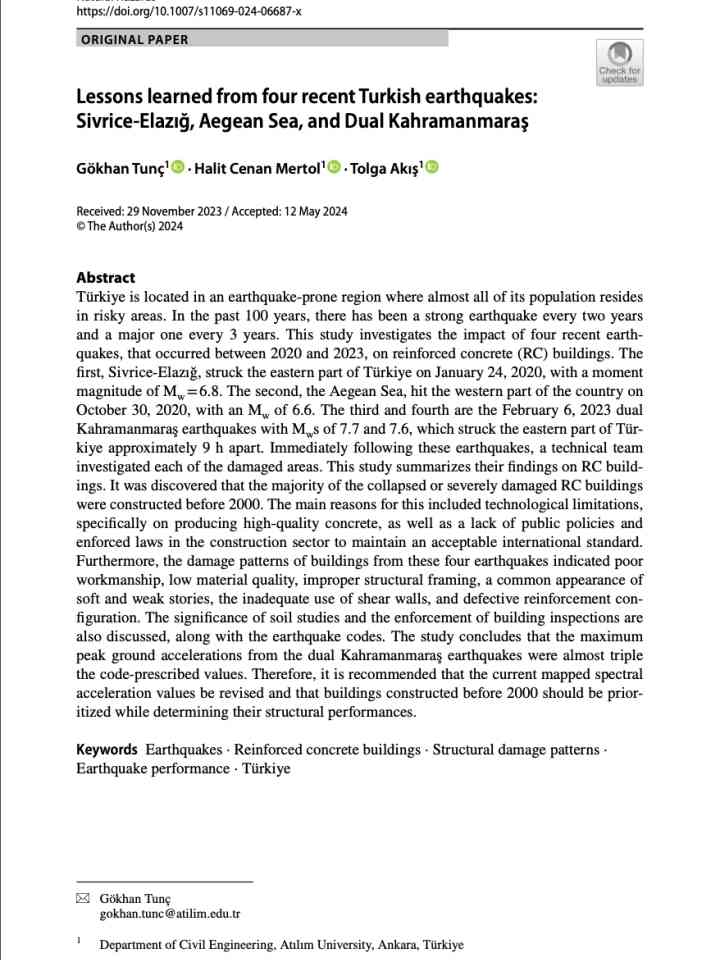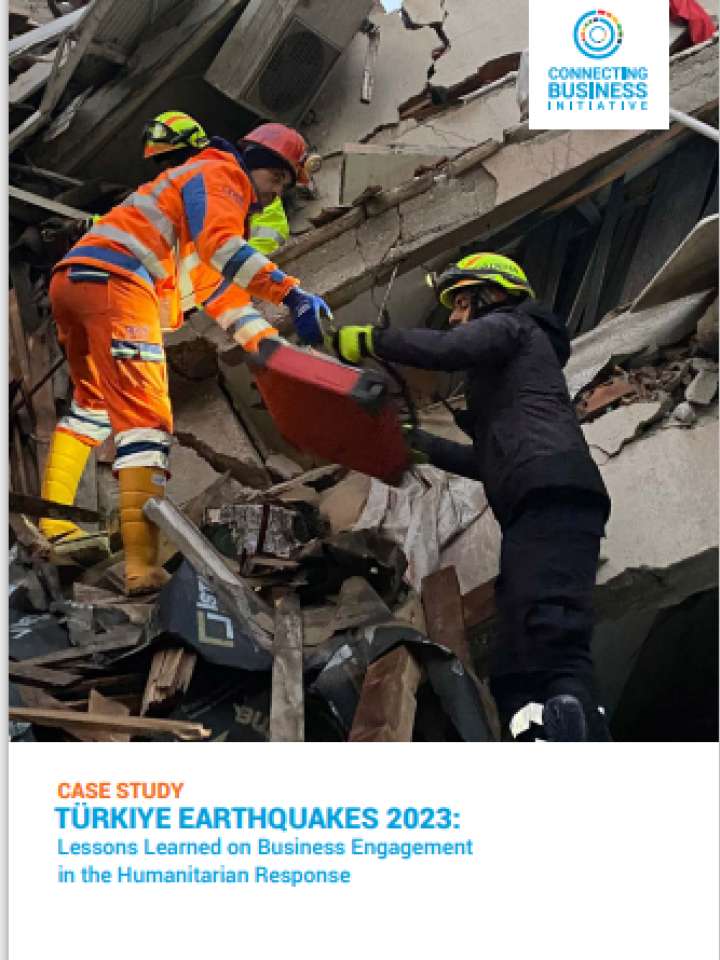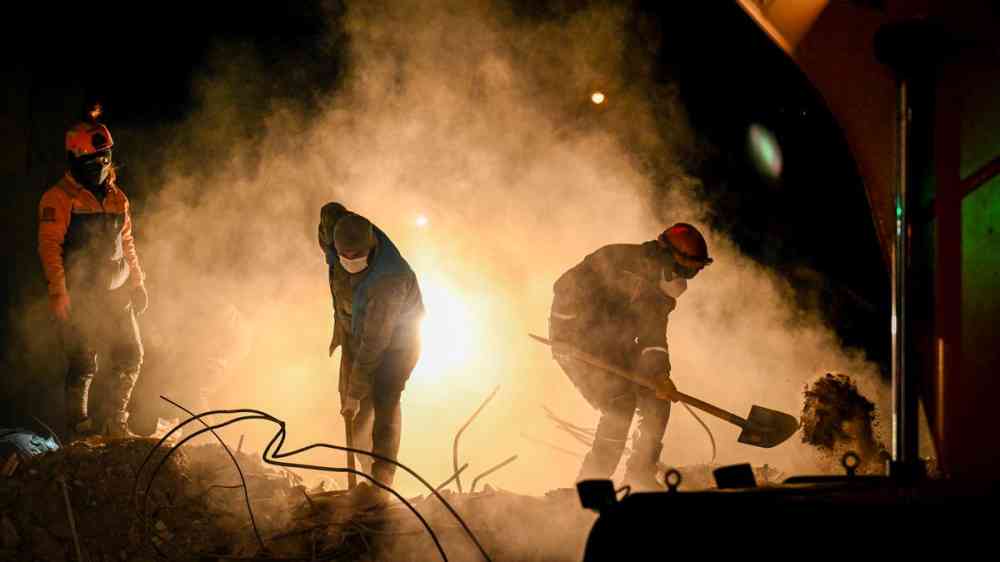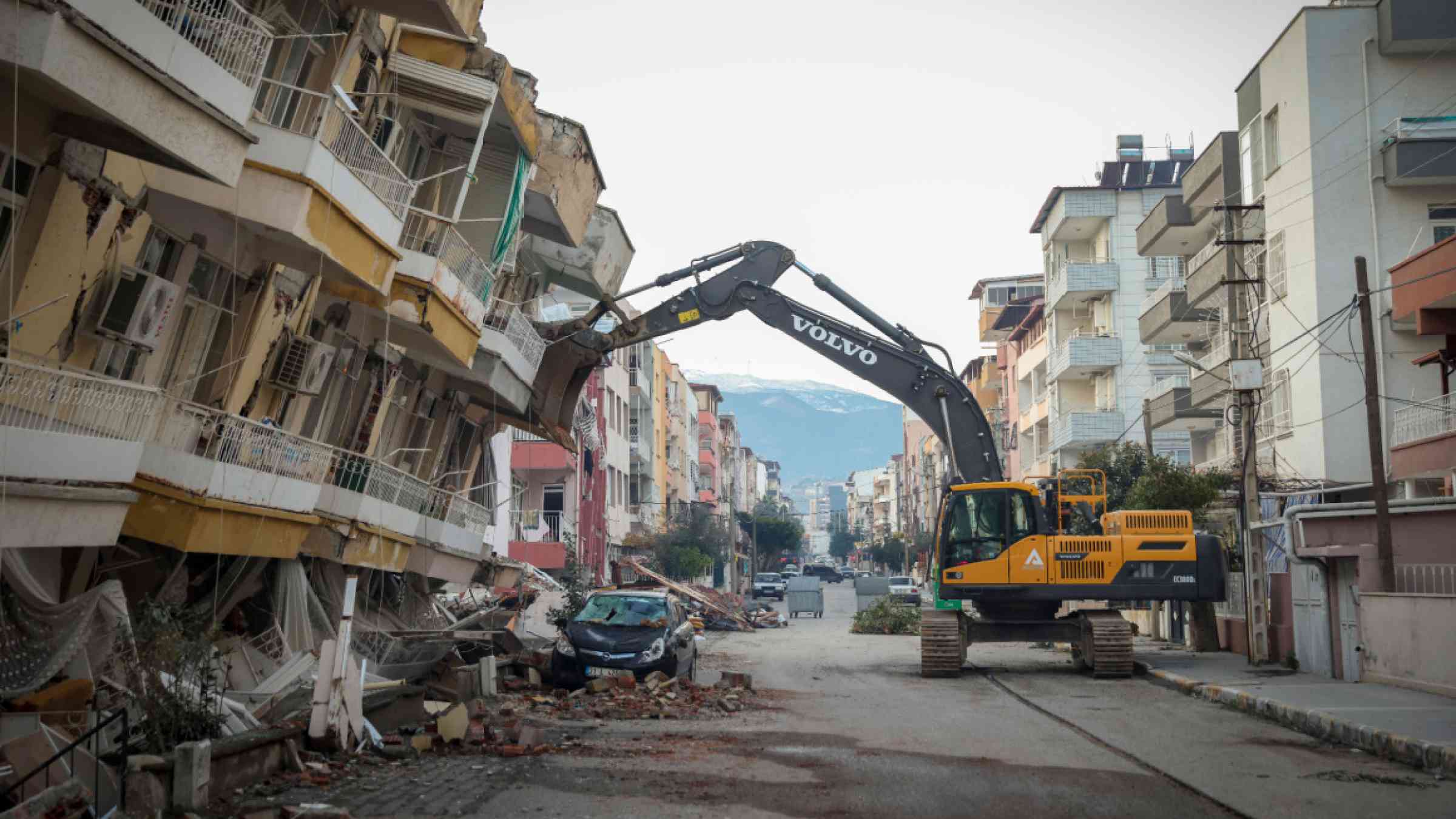Türkiye-Syria earthquakes 2023

Introduction
On 6 February 2023, two earthquakes struck southern and central Türkiye, and northern and western Syria. The first had a magnitude of Mw 7.8 and the second of Mw 7.7.
In Türkiye, there were at least 31,974 deaths (as of 14 February 2023) and 80,278 injured across the ten most affected provinces. At least 13.5 million people and 4 million buildings have been affected. The Ministry of Environment, Urbanisation and Climate Change conducted damage inspections for 763,000 buildings; at least 41,791 buildings in 10 Turkish provinces were heavily damaged or destroyed, leaving about 150,000 people homeless.
The economic losses are likely to surpass $20bn, according to Verisk (FT, 14 February 2023).
In Syria, at least 5,714 people were killed, and over 14,500 were injured (as of 13 February 2023). It was estimated that up to 5.37 million people across Syria might have been made homeless, while a total of 10.9 million people, nearly half of the country's population, were affected.







